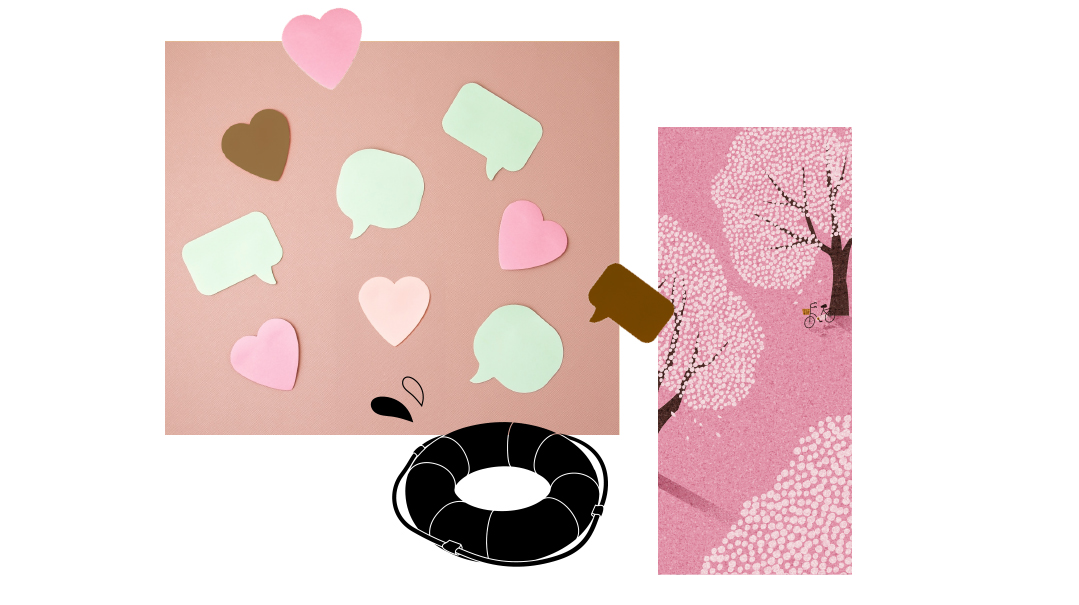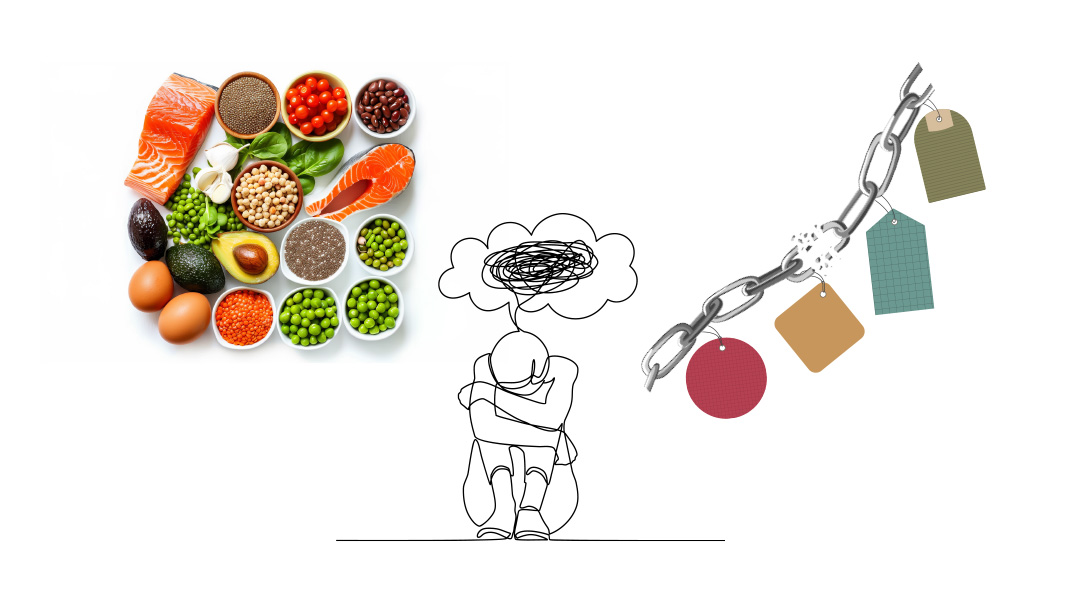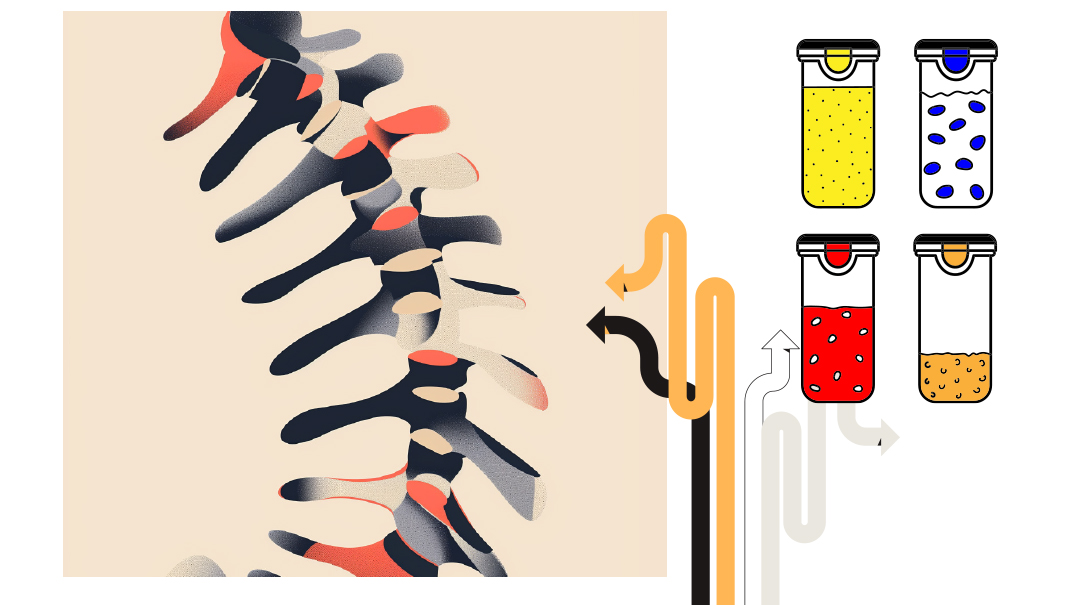I Kid You Not
| January 30, 2024When is therapy for a child worth the risk? And how can you make it most effective?

I Kid You Not
Sarah Rivkah Kohn
L
et’s be honest: Putting a child in therapy, at any age, is terrifying.
Firstly, because there’s no way to control the narrative. Secondly, there is such a thing as bad therapy, and it can feel frightening to let a struggling child enter into a relationship with someone who may exploit their vulnerability.
Lastly, there’s the fear that therapy may make things worse.
So when is therapy for a child worth the risk? And how can you make it most effective? I polled many parents and therapists, and I’ll share some of the wisdom below:
A wise therapist shared what he asks both the parents and child separately, at the start of the journey: “If therapy was going in the right direction, what would be different in six or eight weeks? How would we know things are getting better, and what would that look like?”
Of course, goals can change, but it’s important to have something measurable, especially when the going is rough.
A child lives in a system: family, school, etc. For effective change, the parents need to collaborate with the therapist and learn how the child is impacted by the system and how to respond appropriately to the child’s experience, which will often effectively change the behavior. Sometimes, the parent being in therapy to learn how to respond to the child can be more beneficial than sending the child to therapy.
Should the parent be in the room with the child? It depends. Many therapists shared that with young children (under age nine or ten), they encourage parents to join the sessions, as long as the parent doesn’t correct the child, criticize, or otherwise disrupt the therapy. Parental participation can speed up the therapy by leaps and bounds.
Other therapists will have the parent join some sessions and sit out others. It’s important to them to compare behaviors, especially when the child is acting out at home. This allows them to watch for triggers or patterns and give the parent insight and support.
Of course, if a child wants to share something without the parent in the room, it’s important to allow for that.
Therapists shared that the reason that children are often dismissed from therapy very quickly is because it was unnecessary to begin with. If, after two or three sessions, the therapist determines that the child is exhibiting perfectly normal behaviors, it’s important to terminate therapy and instead provide the parent or school with the right support.
It’s important for a child in therapy to understand that he or she is “the boss of the room.” The kid needs to be part of the process, and giving some level of control (e.g., “Today I don’t want to talk about this”) is a healthy way of doing it. It’s important for therapists to remember that while parents may have very important goals and ideas, the child is the client in the room.
Play is the language of children. Many therapists suggested parents invest in some set playtime with children before bringing them in for therapy. Sometimes a child simply needs more time to play with a loving, curious parent. They may share it all in that context and the parent can be the child’s greatest help.
Never introduce the concept of therapy to a child when you are ashamed of them or angry. “You know what you need?! You need a therapist!” It’s a surefire way to create a deep shame surrounding the topic and leaves many children fighting therapy.
Unlike many op-eds would have you believe, most therapists see parents as their greatest partners. They want them part of the process, at least collaterally. If a child is in therapy but the parent refuses to come in for collateral sessions or be part of the process the therapist maps out, the therapist will be limited in their ability to succeed with the child.
All of the above is true of healthy and wholesome parents… which most are. When a therapist suspects abuse or neglect, he or she will check with a supervisor to know how much or what to share with the parent, and how to help the child.
Sarah Rivkah Kohn is the founder and director of Zisel's Links and Shlomie’s Club, an organization servicing children and teens who lost a parent.
Don’t Cut Down a Tree Yet
Sara Eisemann
N
ever cut a tree down in the wintertime.
Never make a decision in the low time.
Wait. Be patient.
The storm will pass.
The spring will come.
—R. Schuller
As we emerge from the deep cocoon of winter nights, and the days lengthen in small but notable increments, the voice of hope whispers softly. Tu B’Shevat reminds us that the sap is rising in the trees. The stage is being set for beautiful things to occur, even as the only thing we can see is an endless streak of the dark, bleak days of winter.
The despondence looms large in many hearts as we trudge through the reality of Klal Yisrael’s pain this year in what seems like an endless loop of anguish. It would be easy to succumb. But we have to remember that every winter has eventually ceded to spring. Better times await us.
In our personal lives, it’s imperative that we heed this message as well. Any loss can leave us feeling unsheltered, exposed, and vulnerable. Whether it be losing a job, getting a no after a date, having a huge business deal fall through, the loss of a loved one, or a rupture in a relationship, the dark hours of life can leave us questioning our worth, and sometimes even the value of life.
But the decisions we make for life need to come from a place of seeing our beauty and worth. When we see our greatness, we will feel worthy of greatness, and we will choose greatness. In the dead of winter, it’s hard to remember why we should bother keeping the bare tree in our yard. But when we envision the blooming pink and white buds of spring, followed by the vibrant green leaves of summer and the rich browns and oranges of fall, it becomes clearer.
Let’s make those decisions from a place of clarity.
Sara Eisemann, LMSW, ACSW, is a licensed therapist, Directed Dating coach, and certified Core Mentor.
Junior Manipulators
Zipora Schuck
Years ago, I worked at a job setting where one of the bosses was a classic manipulator. People would agree to do things above and beyond the scope of their job responsibilities, and later would realize they had been taken advantage of.
Sometimes parents or teachers will angrily refer to a child as manipulative, but the description often isn’t accurate. Substitute the word “safety” in lieu of manipulation, and the picture becomes clearer. Often these children are anxious and are simply adjusting the environment to make it safer for themselves. It’s not about what they can get from you or use you for; rather their focus is self-preservation. They would have a hard time explaining what they're doing, as it’s more instinctive and less intentional.
Once we pivot to a different understanding of their behavior, we can respond instead of react. We become less defensive and better equipped to help them navigate what is difficult or see what tools they need, without feeling resentful.
Zipora Schuck MA. MS. is a NYS school psychologist and educational consultant for many schools in the NY/NJ area. She works with students, teachers, principals, and parents to help children be successful.
(Originally featured in Family First, Issue 879)
Oops! We could not locate your form.







